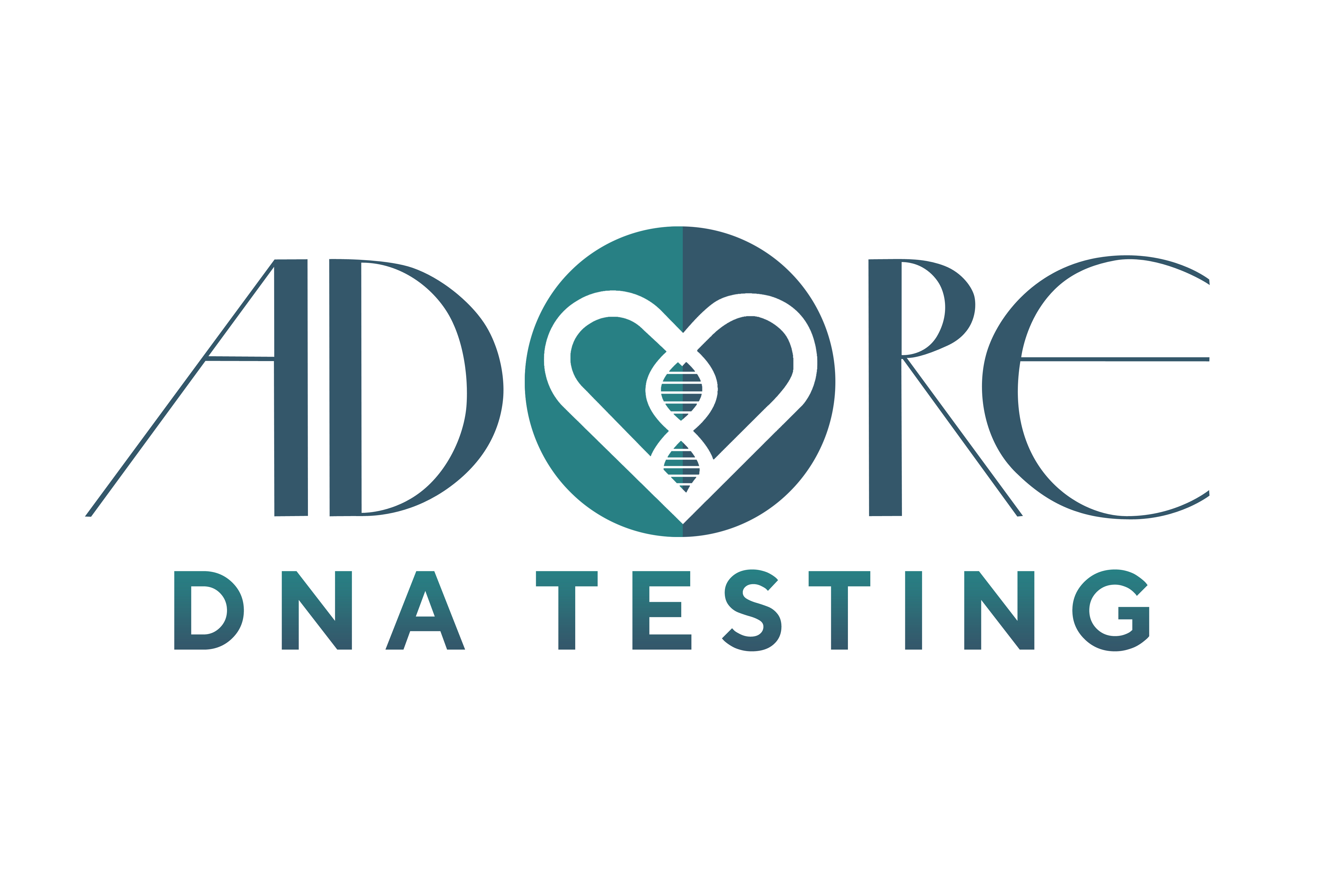The Unseen Truth: Navigating the Complexities of Paternity Testing
- adoredna1
- Apr 29
- 4 min read
Paternity testing has become much more than a plot device in movies and television shows. It's a crucial process that impacts many lives, from individuals seeking answers about their lineage to families navigating custody disputes. In recent years, advancements in technology have made paternity testing more accessible, but it remains a complex topic filled with scientific, emotional, legal, and ethical challenges. This blog post explores the details of paternity testing, clarifying its purposes, methodologies, and implications.
What is Paternity Testing?
Paternity testing is a scientific method used to determine if a man is the biological father of a child. This testing can provide answers in various situations, from custody disputes involving 250,000 cases annually in the U.S. to inheritance claims and queries about family lineage.
The primary technology used in paternity testing is DNA analysis. By comparing genetic material between the child and the alleged father, a high degree of certainty can be established regarding biological relationships.
DNA can be collected through various sources, including saliva, blood, or cheek swabs. Home testing kits are now available, allowing individuals to conduct tests at home. These kits typically deliver results in a week or two and offer an easy way to gain clarity on family matters.
How Paternity Testing Works
The foundation of paternity testing is genetics and DNA profiling. Each individual inherits half of their genetic material from their mother and half from their father. By analyzing specific markers in DNA, testers can determine if there is a match between the child and the alleged father.
Sample Collection: The process begins with the collection of DNA samples through cheek swabs, blood tests, or other methods. For home kits, collection is straightforward and can be done in private.
DNA Analysis: Once samples are collected, they are sent to a laboratory where technicians analyze DNA segments known as loci. Modern paternity tests typically examine between 15 to 20 loci, providing a probability of paternity that can range from 0% to 99.9%.
Results Interpretation: After analysis, the results are interpreted. A probability of 99% or higher generally confirms paternity, while lower results suggest that the tested individual is not the biological father.

This scientific methodology sets paternity testing apart from its emotional implications, which we will examine next.
The Emotional Impact of Paternity Testing
Beyond the scientific aspects, paternity testing brings a host of emotional challenges. The search for truth can stir feelings ranging from hope to fear. Individuals seeking paternity testing face uncertainty, which can lead to anxiety about potential outcomes.
Consider a parent who has raised a child for years, only to find out through testing that they are not the biological father. This revelation can lead to feelings of disbelief, betrayal, or intense confusion about family identity. Additionally, even if the results are positive, individuals may have to grapple with complex emotions tied to this new knowledge.
It's important to note that the emotional ramifications extend beyond the test results. Relationships within families can be tested, with long-standing assumptions about family dynamics potentially upended.
Legal Implications of Paternity Testing
Paternity testing can lead to substantial legal consequences. Establishing paternity is crucial in cases of custody, child support, and inheritance. Here are some key legal implications:
Custody and Visitation Rights: Proving paternity can clarify custody arrangements and visitation rights. Once a man is legally recognized as a father, he gains a role in family court decisions related to the child, significantly affecting familial arrangements.
Child Support Obligations: In numerous jurisdictions, a father is required to provide financial support to the child. Paternity testing helps clarify who is legally responsible for the child's care. According to the U.S. Department of Health and Human Services, about 55% of custodial parents receive the full child support amount owed.
Inheritance Rights: Laws concerning inheritance often depend on biological ties. A child may have the right to claim inheritance from their father’s estate only once paternity is established, affecting financial security and legacy issues.
While the process provides critical answers, it is essential to consult with legal professionals to ensure understanding of all implications.
Ethical Considerations
The topic of paternity testing raises important ethical considerations. Here are some key dilemmas involved:
Consent: Consent for paternity testing can be a sensitive issue, especially in cases involving minors or individuals unaware of the testing.
Sensitivity: Discussing paternity testing can evoke strong emotions for those involved. Approaching such discussions with care, compassion, and understanding is crucial.
Privacy: Collecting genetic material raises privacy concerns. It’s vital for individuals to think about who has access to this sensitive information and how it may be used or stored.
These ethical complexities highlight the importance of thoughtful consideration before pursuing paternity testing.
Wrapping Up
Understanding the complexities of paternity testing requires knowledge of both the scientific methods and the emotional dimensions involved. The advancements in genetic testing offer valuable tools to establish biological relationships, but the implications go beyond mere results.
From emotional challenges to legal outcomes and ethical dilemmas, it is crucial for those considering paternity testing to approach their decisions with care. Each situation is uniquely intertwined with personal narratives and emotional stakes.
Exploring the intricate nature of paternity testing empowers individuals to make informed decisions, honoring both the quest for answers and the complexities of familial relationships.

Ultimately, paternity testing can provide clarity in a world filled with uncertainty. The choice to pursue truth is an essential step in understanding one’s family heritage and the bonds that shape our lives.




Comments